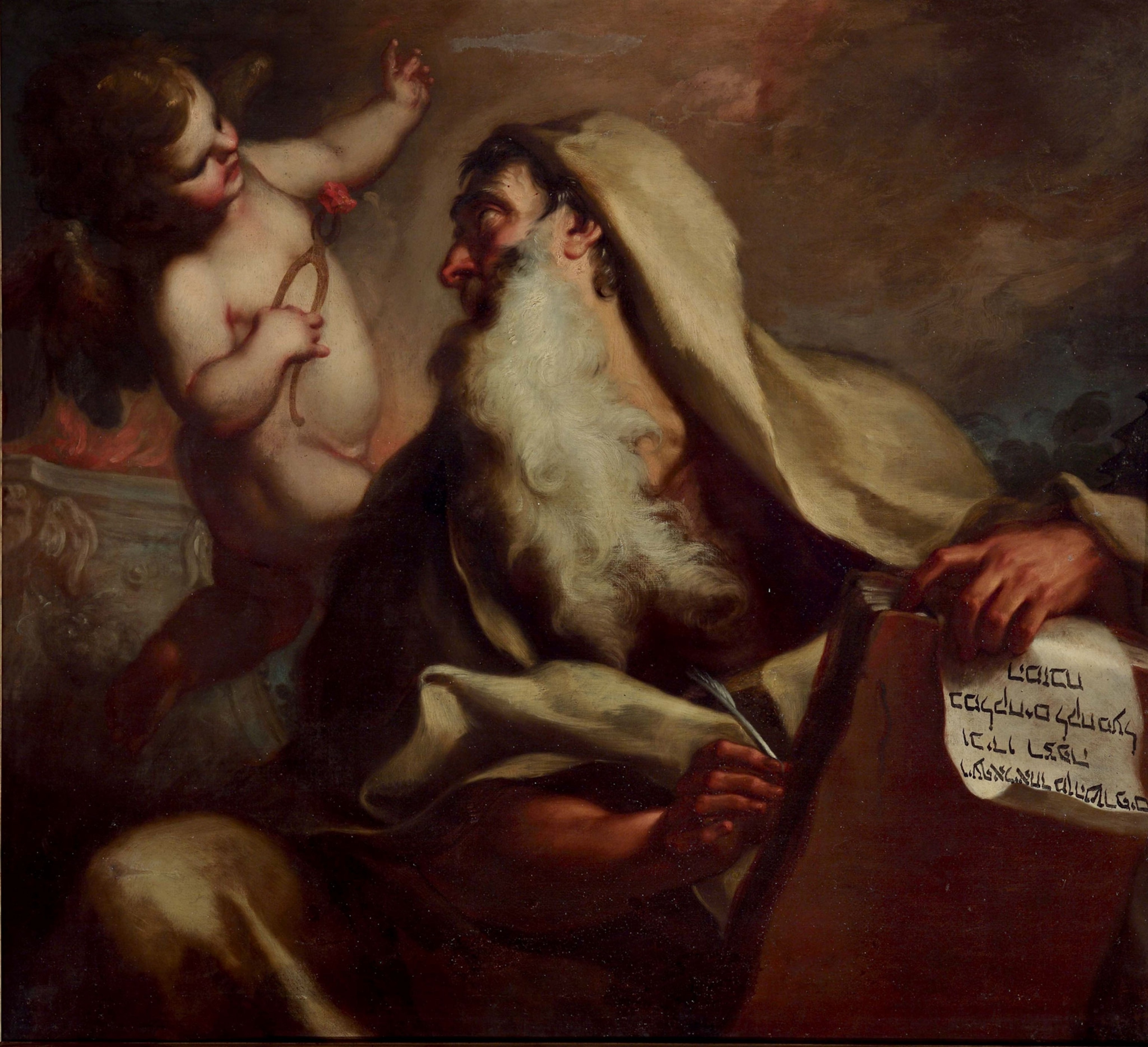
Prophet Isaiah's predictions saved Jerusalem. Here’s how.
A steady counselor in times of war, the Prophet Isaiah predicted the enemy’s inexplicable defeat again and again.
More than a mere prophet, Isaiah served as royal counselor for many kings, beginning with the last years of King Uzziah’s reign.
During the dark days when Israel’s King Pekah and Syria’s King Rezin invaded Judah, it was Isaiah who had advised King Ahaz to “take heed, be quiet, do not fear, and do not let your heart be faint” (Isaiah 7:4). To indicate the short period in which these kings would be driven away, the prophet said, “The young woman is with child and shall bear a son, and shall name him Emmanuel ... before the child knows how to refuse the evil and choose the good, the land before whose two kings you are in dread will be deserted” (Isaiah 7:14,16). The Gospel of Matthew uses this verse as foretelling of Jesus as the Messiah (Matthew 1:23).
See the clay seal that may have belonged to the prophet Isaiah.
It was during Hezekiah’s rule that Isaiah rose to full prominence. Knowing the futility of confronting Assyria’s might, the prophet denounced those who “go down to Egypt without asking for my council, to take refuge in the protection of Pharaoh,” for such an overture would bring “neither help nor profit, but shame and grace” (Isaiah 30:2,5).
He was proven correct; around 701 B.C.E., the new Assyrian King Sennacherib (704–681 B.C.E.) led a powerful invasion force to suppress Judah’s revolt. The prism stone of Sennacherib, which details the king’s triumphs, states that “as for Hezekiah (ha-za-qi-a-u), he did not submit to my yoke.” The Assyrian juggernaut, propelled by scores of chariots, rams, and siege engines, proved unstoppable. “King Sennacherib of Assyria came up against all the fortified cities of Judah and captured them,” the second Book of Kings notes regretfully (II Kings 18:13).
Chastened, Hezekiah rushed to appease the Assyrian king. He ransacked the Temple to come up with a ransom, and gave Sennacherib “all the silver that was found in the house of the Lord” (II Kings18:15). But Sennacherib wasn’t interested in money; he wanted Jerusalem itself.
That night the angel of the Lord went out and put to death a hundred and eighty-five thousand in the Assyrian camp.II Kings 19:35
In panic, Hezekiah turned to Isaiah. What should he do? Do nothing, replied Isaiah; “by the way that he came, by the same he shall return; he shall not come into this city” (II Kings 19:33). And indeed, Sennacherib’s siege of Jerusalem failed.
How ISIS bulldozed the only surviving palace from the Assyrian Empire.
The reason for this failure has never been convincingly established. The second Book of Kings explains that “the angel of the Lord set out and struck down” 185,000 soldiers in the Assyrian camp (II Kings 19:35). Scholars have interpreted this as an indication that Sennacherib’s soldiers must have contracted some kind of disease. Whatever the case may be, the siege was lifted, and Sennacherib returned to Assyria. But Judah lay in ruins, with much of the country now under Assyrian control.






